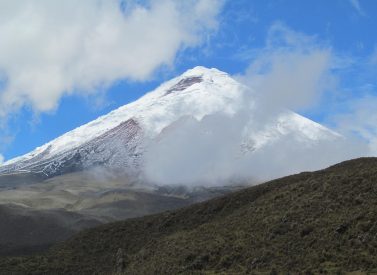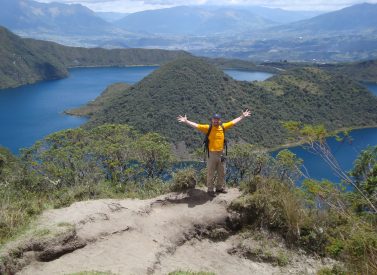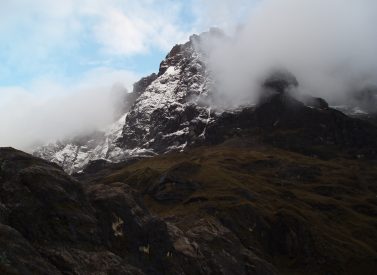
Podocarpus Hike
Trekkers interested in diverse wildlife will love the Podocarpus National Park.
It is located in the south of Ecuador and stretches over three provinces – Loja, Zamora and Morona Santiago – and two main regions; the Andean highlands and the Amazon Basin.
The park can be clearly divided into five life zones. Each is rich in biodiversity and characterised by different flora and fauna.
More on Podocarpus tours
Podocarpus has become a great place for biological and ecological research, in addition to a popular trekking and bird watching destination.
Woolly mountain tapirs, spectacled bears, cock of the rock, parrots and mountain toucans are common.
Trip Highlights
Print Share Download as PDF-
Get way off-the-beaten track in Ecuador.
-
Wide variety of wildlife to spot.
-
Professional, bilingual guides show you the way.
-
Chance to horse ride as well as hike.
Everything worked out really well. We were met at the airport and each day our drivers picked us up as expected. The organisation was brilliant.
C. Blagg, Ecuador
Full Itinerary
Day 1: Flight from Quito to Loja, drive to Cerro Toledo. Trek to Esmeralda, camping (D)
It’s an early flight to Loja then we drive to to Cerro Toledo.
From here we begin our trek with a 3-hour hike, passing through the typical tropical forest of Podocarpus Park. Landscapes are beautiful.
We hike to the small village of Esmeralda, where we set up camp and have dinner.
Day 2: Trek to Las Peñas stream, camping (B,L,D)
After breakfast we set off to hike to Las Peñas stream against a backdrop of mountains and lakes.
Mules carry the heavy gear.
Late afternoon we reach our destination and set up camp.
Day 3: Trek to Lagunas Margaritas, Capamaco refuge (B,L,D)
After breakfast we hike to Lagunas Margaritas, climbing from 1,800m to 3,200m (5,906-10,499ft).
We spend the night at the Capamaco refuge.
Day 4: Horse riding from refuge to Vilcabamba valley, hostel (B,L,D)
This morning we have the opportunity to do some horseback riding from the refuge down to the Vilcabamba valley at a sub-tropical 1,600m/5,249ft.
In the afternoon we head for our accommodation at one of the small family hostels in the village.
Day 5: Drive to Loja and fly back to Quito, tour ends (B)
Early this morning we drive to Loja, La Toma and fly back to Quito, and the tour ends.
Prices From $2,520 / £2,049 per person
What's Included?
Camping and dining equipment, English-speaking guide, meals from lunch day 1 to lunch day 5, transfers to and from trek.
What's Not Included?
International flights (we can look for these for you), insurance, personal expenses, tips, meals other than stated, sleeping bag.
Accommodation
Refugio, hostel and camping.
Tour Staff
Fully qualified trekking guide throughout the tour, a local, bilingual Ecuadorian guide with many years’ experience.
Our local drivers and support staff have worked with us for many years.
Meals
Almost all dietary requirements can be catered for – please enquire.
Your meals are prepared and served to you in a dining tent, and will be a mix of hot drinks, cereals, fruits and toast with jam.
Lunch, while out walking, will be either sandwiches or meat and cheese with crackers, with fruits etc available on trips from basecamps.
Basecamp meals are large and feature bread, vegetables, meats and hot drinks, rice and pasta dishes.
Activity Level
The majority of the trip is open to people of good mobility and health with some experience of trekking.
Ideally you will spend a night or two in Quito (or similar altitude) before the trek so you can acclimatise to high altitude.
We grade this as an easy to medium trek because of the some time at altitude and consecutive hiking days in a remote area.
Trekkers ideally need to be used to walking while carrying a daypack and ideally accustomed to walking for 4-6 hours on consecutive days.
However, it is also open to first time trekkers and people who are in good physical shape and with a positive outlook.
Practical Information
Introduction to Ecuador
Ecuador is the second smallest South American country, and one of the most varied.
It comprises three main geographical areas: the coast, highlands and Amazon plus is home to the Galapagos Islands.
Because of its relatively compact size, it makes a great holiday destination as you can move from highlight to highlight fairly easily and rapidly.
Kit list
Good kit is vital for every trip.
Book with Andean Trails and get 15% off Páramo’s fantastic ethical and high performance outdoor gear.
Overview
When planning for the varied climatic conditions encountered, layering is the most practical and versatile clothing system. It’s worth remembering that our clothing keeps us warm by retaining and isolating the heat we ourselves create.
To best maintain body heat, several layers of lightweight, warm and quick-drying clothing are far more efficient than one or two thick layers. Layers should have the following qualities:
- Breathability (able to wick away the humidity produced by sweat):
- Isolation (able to keep in the warm air our body produces); and
- Impermeability (able to impede the passing of wind and water).
First (base) layer: This layer wicks the sweat away from our skin, thus helping keep the body dry and warm. To this end, synthetic fabrics such as polypropylene should be used.
Mid layers: These isolating layers should also be synthetic (e.g. the known polar linings such as polartec or windblock, which are light and insulate twice as well as wool). Very important layers for retaining body heat.
Outer layer / shell: Finally, the vital layer which protects us from climatic adversities. A breathable, wind-proof and waterproof anorak, such as Goretex.
Give plenty of thought to kit selection, and try to keep weight down.
We also carry an extensive first aid kit & oxygen on all trips, but these are generally for emergencies only.
Below is a more detailed kit list.
Detailed kit list
- 2 pairs synthetic inner socks (e.g. polypropylene, thermastat, coolmax) and 2 pairs thick loop-stitch/wool socks for cold.
- Trekking boots – should be well broken-in, waterproof and provide good ankle support.
- Trainers/sandals for city-wear, evenings at lower camps & river crossings.
- Base layer leggings (1 pair).
- Thick fleece leggings (or salopettes) (1 pair).
- Goretex-type over-trousers (or salopettes) (1 pair).
- Trekking trousers (2 pairs).
- Shorts – wear sparingly in early stages at altitude, as sun burns.
- Thermal base layer shirts (2).
- Microfleece mid-layer shirt (1).
- Shirt/t-shirt 1 or 2 for lower altitudes. Long-sleeved, collared shirt protects against sun
- Fleece jacket or similar (1).
- Warm jacket (down or synthetic). For camp and upper slopes.
- Waterproof Goretex-type jacket.
- Broad-brimmed sunhat, essential.
- Warm hat, fleece or wool. (N.B. Up to 30% of body heat can be lost through the head).
- Sunglasses with UV filter.
- Scarf for cold.
- Bandanna – to protect neck from strong sun.
- Light inner gloves
- Warm gloves, e.g. fleece, and outer waterproof gloves or mittens (1 pair)
- Mittens allow you to keep the fingers together, and better conserve heat (though they also make it difficult to perform certain tasks).
- Daypack (at least 30 litres). Comfortable and with waterproof lining or cover.
- Large rucksack or suitcase.
- Pair of telescopic trekking poles (can be rented).
- Duffel bag or large rucksack for extra clothing, carried by horse/mule/porter while you are trekking.
- Sleeping bag (3-4 season, can be rented).
- Water bottle (2 litres approx.) & purification tablets.
- Personal first-aid kit to include: painkillers, plasters (band-aids), moleskin, anti-biotic cream, general antibiotics (ask your GP), after-bite (tiger balm), anti-diarrhoea tablets, throat lozenges, re-hydration salts & personal medication.
- Insect repellent.
- Towel & wash-kit.
- Wet Wipes/antiseptic hand-wash cream.
- Toilet paper (1)
- Sunscreen (factor 30+) and lip salve.
- Head-lamp (plus spare bulb and batteries).
- Penknife.
- Travel alarm clock.
- Plastic bags – ‘Zip-loc’ & tough bin liners.
- Camera and film / memory cards (take at least twice the amount you think you will need!). Print & slide film is available locally. Polarising filter is recommended for SLR cameras.
- Book, e-book, mp3 player/ipod or other for free time.
- Binoculars.
- Spanish/English phrasebook.
- Extra snacks i.e. cereal bars or favourite chocolate bars.
All other non-personal trekking camping gear e.g. tents, cutlery etc is provided.
Miscellaneous others
- Money belt.
- Passport.
- U.S. dollars cash, mixed-denomination notes, undamaged and unmarked.
- ATM cash/credit card.
- Any inoculation certificates.
- Personal & medical insurance certificates.
- Presents e.g. Postcards from home.
- Comfortable clothes for travel, smart clothes for night life.
Geography of Ecuador
Landscapes vary from the drier south to the more humid north.
The Highlands, or sierra, encompass two Andean Cordilleras (the Central and Western), which run north to south through the country. Ecuador’s largest volcano is Chimborazo (6,310m) whose summit, because of its proximity to the equator, is the closest point on earth to the sun. Several of Ecuador’s volcanoes are still active, and it’s a great area for trekking.
Descending the steep, east-facing slopes of the eastern Cordillera, one passes through a transition zone comprising dense cloud forest and humid high jungle, before entering the Amazon lowlands.
This mainly primary rainforest covers a third of the country, accounts for 5% of the population and stretches across Ecuador, from its Colombian to its Peruvian borders.
The Galapagos Islands are simply unique. Lying 600 miles off the mainland, the archipelago comprises the summits of gigantic equatorial volcanoes.
The flora and fauna of the Galapagos, long separated from their continental cousins, have evolved differently. Charles Darwin used his observations there to develop his theory of Evolution.
Weather in Ecuador
Ecuador lies between latitudes 4º south and 2º north. Overall, climate varies according to time of year, altitude and region.
The Sierra
In the Ecuadorian highlands, there is little temperature variation by season as temperature depends largely on altitude.
In Quito, shade temperatures range from 6 to 10ºC in the morning and from 19 to 23ºC in the afternoon, with cool nights. In the lower basins between mountains, it gets significantly warmer.
Rainfall depends on whether an area lies closer to the eastern or western Andes. To the west, June-Sept is the dry period and Oct-May the wet (with often a short, dry spell in Dec or Jan).
The best period to visit Quito and trek and climb volcanoes such as Cotopaxi is the west Andean dry season of June-Sept and Dec/Jan. This is also Ecuador’s high season. During the Oct-May wet season, most rainfall is in the afternoons.
To the east, Oct to Feb are dry and Mar-Sept are wet. Overall, the southern highlands are drier than the northern highlands.
The Coast
On the Pacific coast, rainfall becomes less from north to south. The coast can be enjoyed year-round, although from June-Sept mornings are often grey with the garua mists.
Jan-May is the hottest and rainiest time of year.
The Amazon
In Ecuador’s Amazonian region, rain can fall at any time, but Dec-March is usually the driest season and Mar-Sept is usually the wettest period.
The Galapagos Islands
Galapagos can be visited at any time of year.
The warm season is Jan-Jun, bringing calm, warm waters (around 70°F) and sunny days (72-9°F or 22-32°C), February and March being the hottest and sunniest months with blue skies and sunshine.
The islands receive slightly more rainfall during these months, occasional heavy bursts in the afternoon. Great for snorkelling and you can spend a lot of time in the water without wetsuits, with great, clear waters.
The dry ‘garua’ season is Jun-Dec an it’s a great time for marine life. August and September are the coolest when you may need a jacket in the evenings and the sea can be choppy and temperature drops around 15-24ºC on average.
There can be mist on the islands in the mornings (garua) which usually burns off by midday leaving overcast skies or a sunny afternoon.
Sea temperatures may drop to 60°F- 72°F (15-22°C) during this time and snorkellers will want a wet suit for prolonged periods in the sea.
ATOL holiday protection
Andean Trails has 25 years of experience of putting together the best South America holidays.
We pay a fee to the CAA for every licensable passenger we book since we hold an Air Travel Organiser’s Licence granted by the Civil Aviation Authority. In the unlikely event of our insolvency, the CAA will ensure that you are not stranded abroad and will arrange to refund any money you have paid to us for an advance booking.
We also offer ATOL (Civil Aviation Authority) protected holidays to give our customers peace of mind when booking and travelling.
When you buy an ATOL protected air holiday package from Andean Trails Ltd you will receive a Confirmation Invoice from us confirming your arrangements and your protection under our Air Travel Organiser’s Licence number 6275.
You can read more about ATOL, who is covered and what protections you have if not ATOL-covered, on our ATOL page.
What is ATOL?
The CAA’s ATOL scheme offers protection to your money and your holiday if you book with us. Not everybody is covered (see ‘Who is covered?’ for more), as you must purchase an ‘air package holiday’ with Andean Trails to be protected.
And ‘air package holiday’ is defined as including a flight and some ground services (hotel, transfer, trek etc). This is also known as an ‘ATOL-protected holiday’.
Who is covered?
To be covered by ATOL, you must book a flight and some ground services with us and be from the UK. If you are from the UK and only book ground services and no flights, you are not covered by ATOL (see below for more on how non-ATOL clients are covered).
If you are outside the UK and buy flights with us, you will be ATOL protected IF any of the flights booked with Andean Trails touches/stops in the UK at any point during your holiday package booked with us.
If you buy your flights elsewhere, please check with that agent if you are ATOL protected. Be careful with online flight purchases and make sure you know what protection you have, if any, before paying for flights.
Not all holiday or travel services offered and sold by us will be protected by the ATOL scheme. Please ask us to confirm what protection may apply to your booking.
For land only holidays not involving any air travel, in accordance with “The Package Travel, Package Holidays and Package Tours Regulations 1992”, all UK passengers booking with Andean Trails Ltd. are fully protected for the initial deposit and subsequently the balance of all money paid to us, arising from cancellation or curtailment of travel arrangements due to the insolvency of Andean Trails.
I’m not ATOL covered, what protection do I have?
If you are not ATOL covered, any payments you make to us go to a Trust account.
We can only access this money once your tour has been completed, meaning that if anything happens to Andean Trails Limited while you are on holiday, then your money is secure and you can either complete the trip or be able to make it home.
If you pay for your holiday with a credit card, some offer payment protection – please check with your cardholder.
You also should have cancellation protection written into your insurance (which we recommend you have at the time of booking) in case you need to cancel.
Ecuador’s Amazon rainforest
Some 40% of Ecuador’s and is covered by Amazon rainforest.
As well as being rich in wild life, Ecuador’s rain forest is still home to a multitude of indigenous tribes, some of which have opened their communities to ecotourism.
A 4 or 5-day visit to one of the quality lodges will allow you to venture into beautiful primary forest.
Native guides lead you on verdant forest trails where you will see monkeys, tortoises, frogs and an array of birds including toucans and macaws.
Large mammals like jaguar, tapir and giant anteater have been spotted, but are elusive.
Ecuador’s Cloud Forest
Ecuador’s cloud forest covers its rolling hillsides as they descend from the high Andean plateaus into the rain forest or down to the Pacific coast.
Most of this tropical forest lies between 1,200-2,700m/3,937-8,858ft above sea level, an evergreen, lush and moist forest, teeming with bird and insect life.
Much of the cloud forest is readily accessible from Quito making it perfect a 2 or 3-day stay.
There are many lodges with virgin forest, home to a dazzling variety of hummingbirds, refreshing waterfalls for swimming, zip lining and wildlife walks.
The humming birds, Cock of the Rock and the chance of spotting larger mammals such as the spectacled bears are just some of the attractions of spending some time in this amazing ecosystem.
Cotopaxi, Ecuador
Cotopaxi National Park is dominated by the almost perfect cone shape of Cotopaxi (5,897m/19,347ft), an active volcano and the second highest mountain in Ecuador after Chimborazo.
The national park is well worth a visit for trekking in the foothills, climbing smaller peaks like Ruminahui, downhill mountain biking, horse riding or just enjoying the National Park itself.
The surrounding páramo is good for bird watching – you may see condors soaring above.
There are lots of lovely hacienda and mountain refugios to stay at in and around the park, and from which there are a variety of walks, horse rides and bike rides for all levels.
Ingapirca Ecuador
Ingapirca (meaning wall of the Inca) is just an hour from Cuenca and is the most important Inca archaeological site in Ecuador.
The site is in good condition and consists of a main elliptical building thought to be a sun temple, with typical Inca features such as trapezoidal doorways and niches.
There are Inca trails leading to and from the site, so you can visit on a day trip or incorporate a visit as part of a trekking itinerary.
You can travel here from Cuenca, or make it part of a trip from Baños to Cuenca.
Quito, Ecuador
Ecuador’s vibrant capital Quito sits in a stunning location, surrounded by snow capped volcanoes and many of the high peaks of the Andean sierra.
There is plenty to do for visitors of all ages and interests. The old town of Quito is a UNESCO world heritage site, with many beautiful churches and colonial facades, a wonderful range of museums and picturesque squares.
For an over view of the city and along the Avenue of volcanoes to north and south and to help with acclimatising try taking the Teleferico (cable car) up the eastern slope of Pichincha volcano.
At night Quito is a lively city. Head to the modern Mariscal area where tourists and locals alike find a great range of restaurants, bars and night clubs.
Prices From $2,520 / £2,049 per person
Guide price, please contact us.
Private departures, year round
Dates & Prices
Prices From $2,520 / £2,049 per person
Guide price, please contact us.
Private departures, year round
Can’t find what you’re looking for? Get in Touch
+44 (0)131 378 5593
+44 (0)131 554 6025



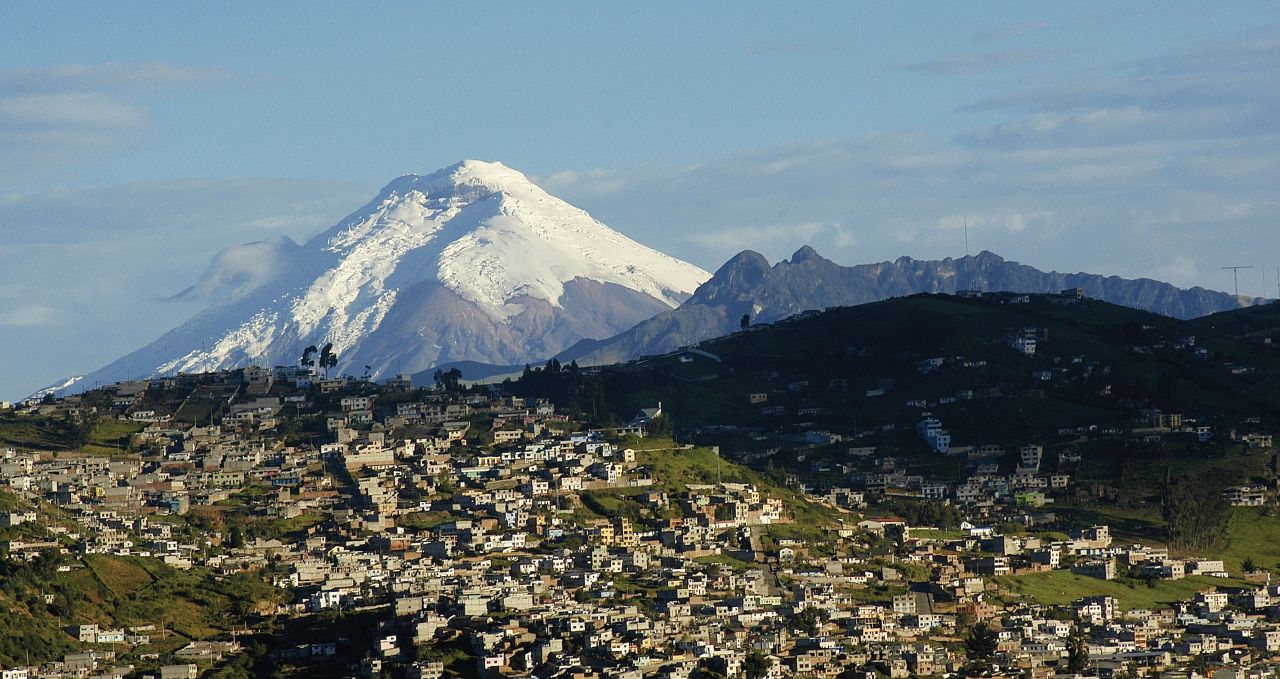
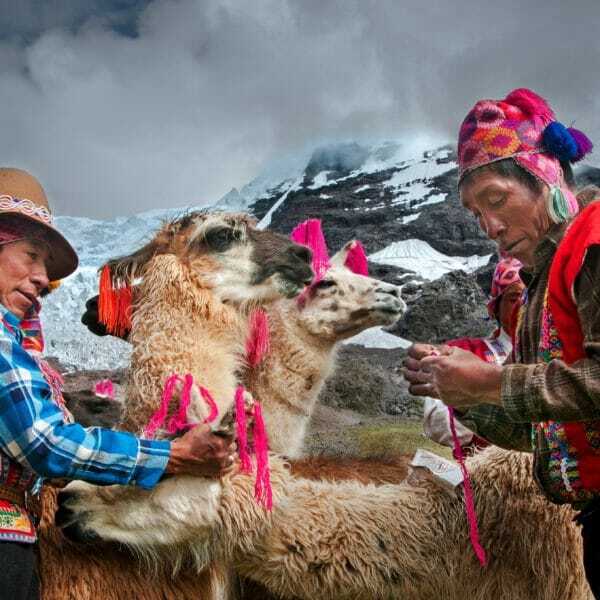
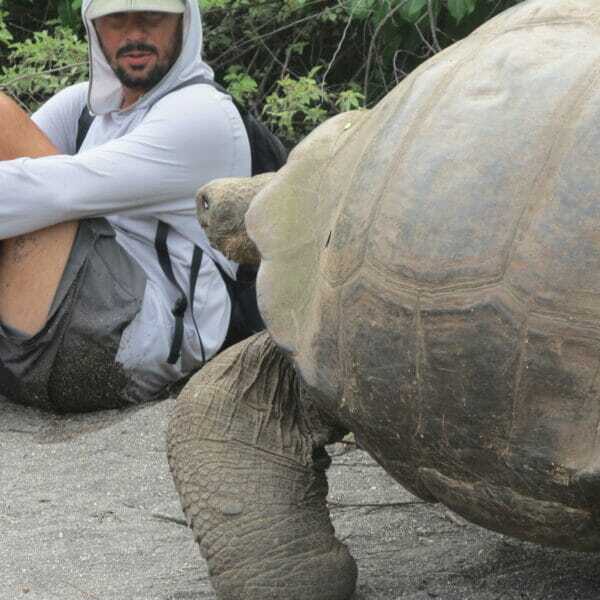
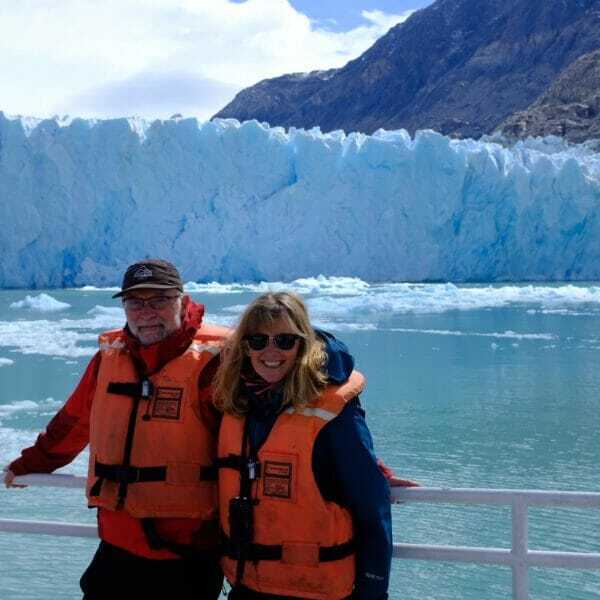
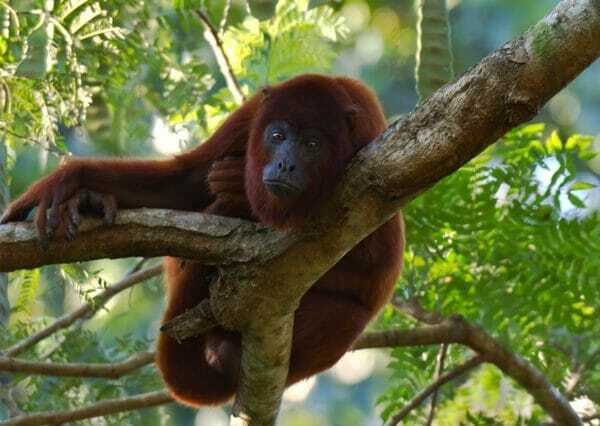
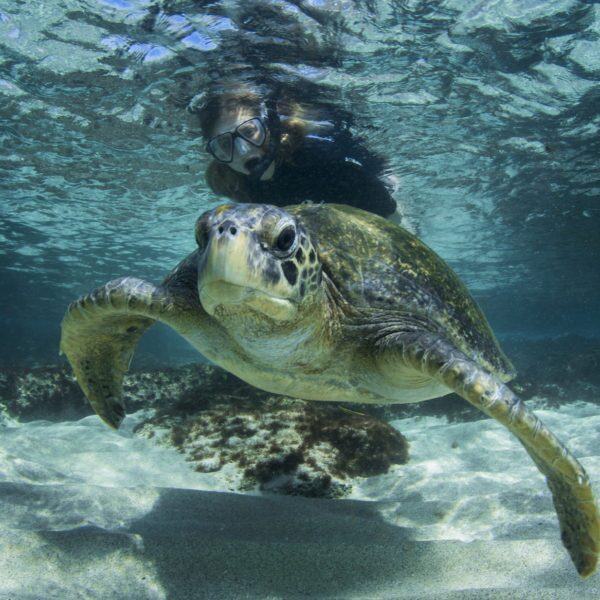
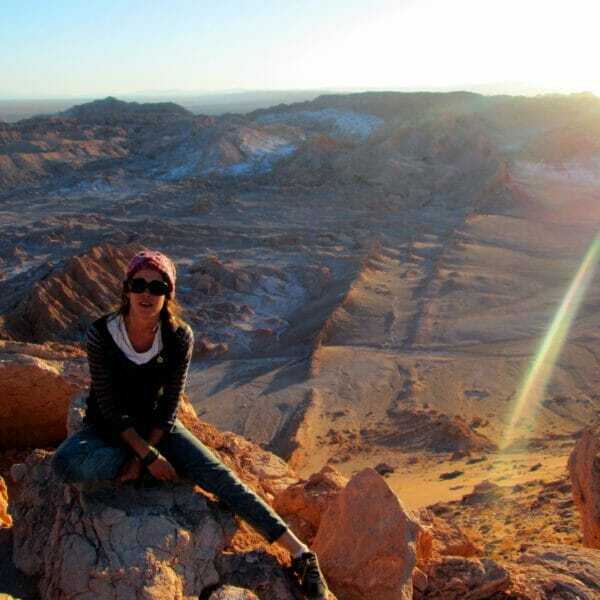
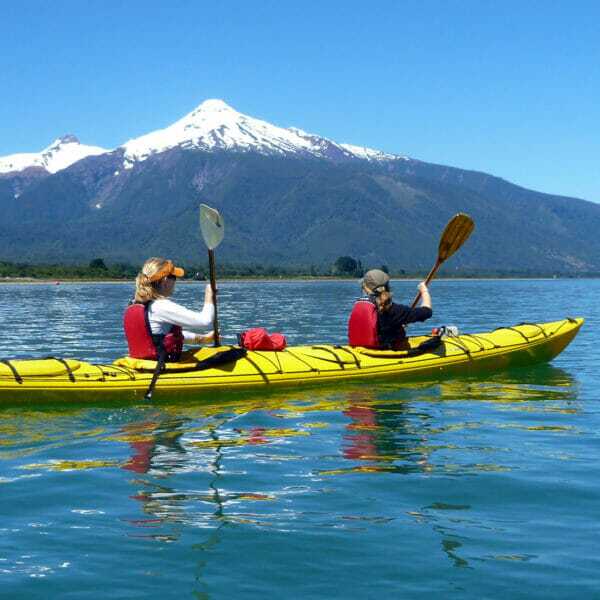
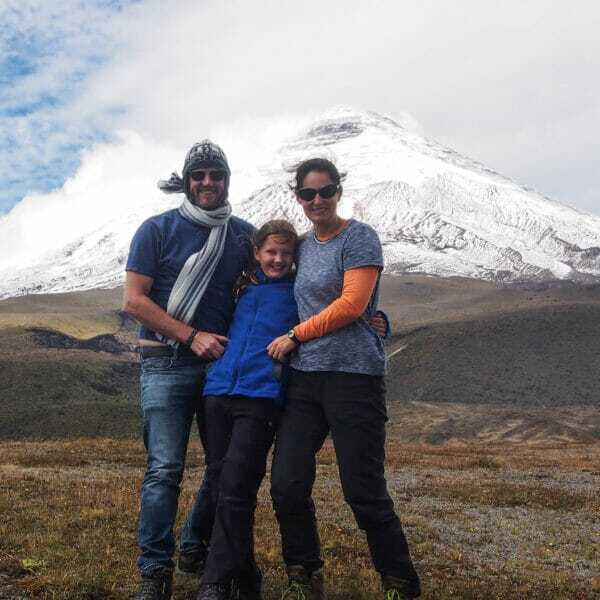
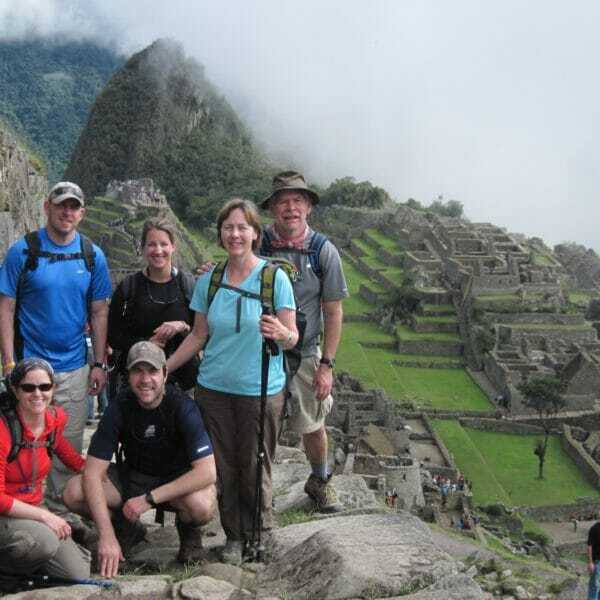
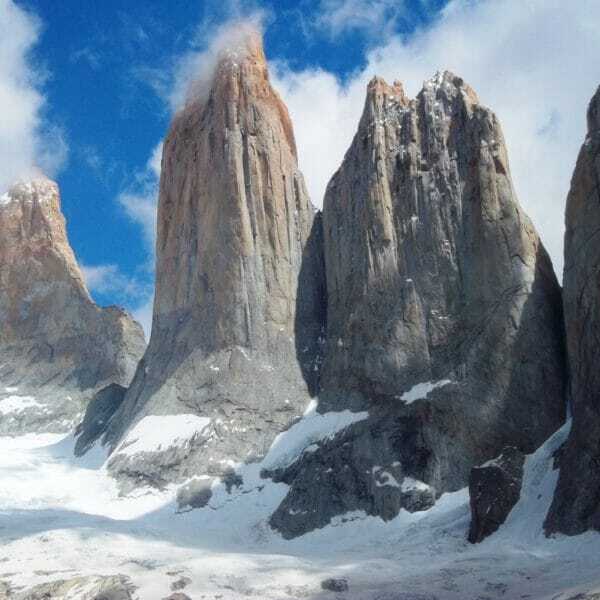
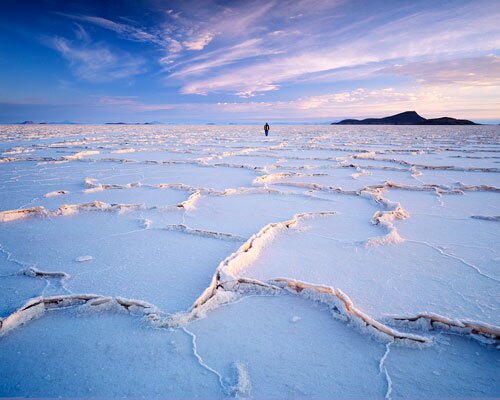
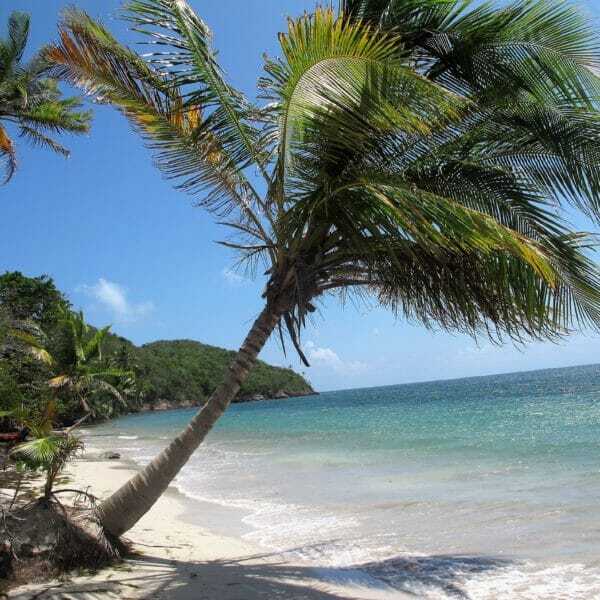
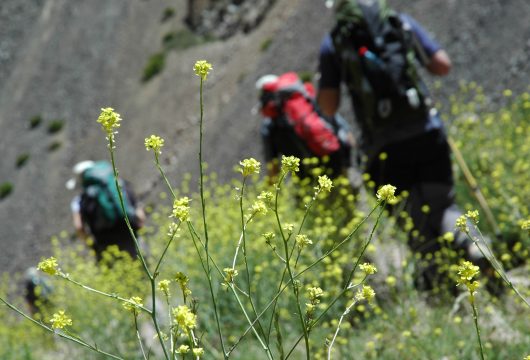
 a Tailor Made Tour
a Tailor Made Tour 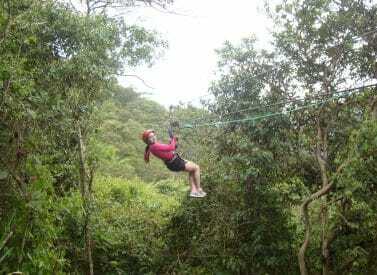
 a Group Tour
a Group Tour 